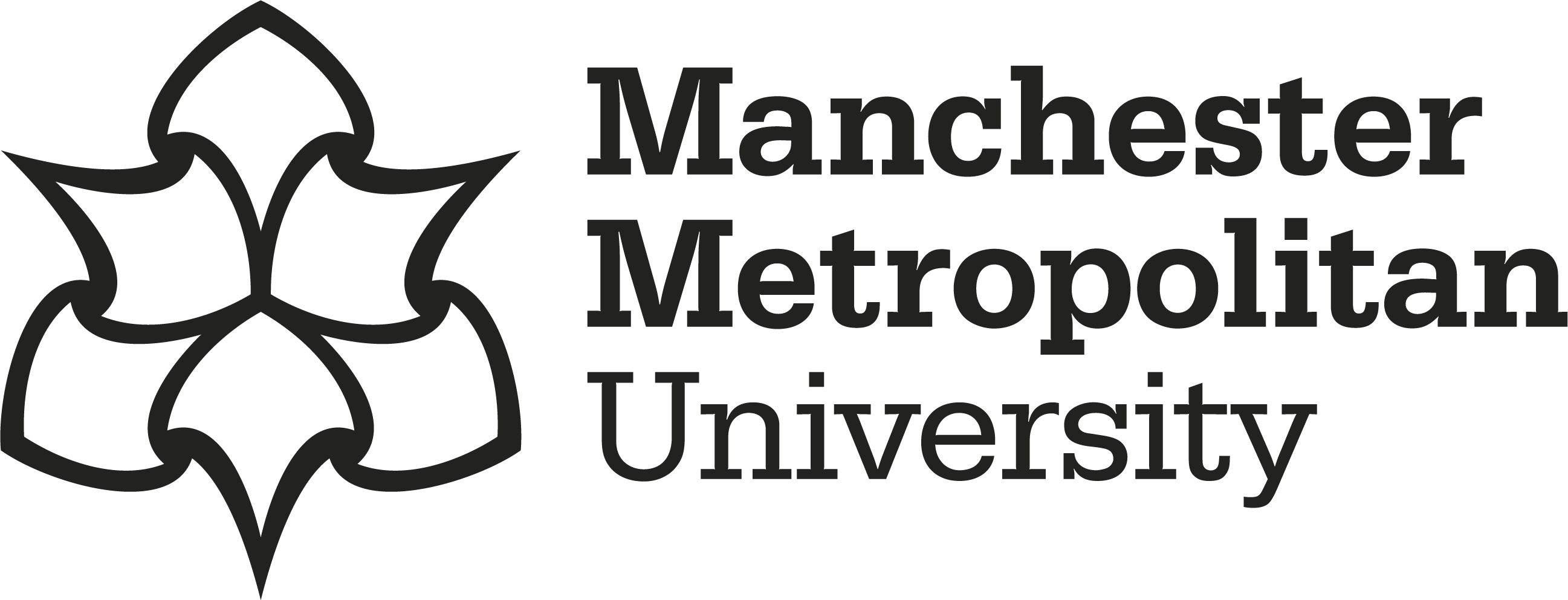Asif, Mohammed Subhan (2025) The Effect of MGN3 on In Vitro Models of Diabetic Impaired Wound Healing. Doctoral thesis (PhD), Manchester Metropolitan University.
|
Available under License Creative Commons Attribution Non-commercial No Derivatives. Download (12MB) | Preview |
Abstract
Chronic elevation of blood glucose levels have profound negative impacts on wound healing in diabetic patients, often leading to the development of diabetic foot ulcers (DFUs) which can become colonised by bacteria. Clinical wound infections, the major cause of lower extremity amputations in DFU patients, occur when bacterial growth is not kept in check by the patient’s immune system. Dietary fibres such as MGN3 (Biobran) show promise in counteracting the damaging effects of hyperglycaemia by reducing inflammation and enhancing immune responses such as phagocytosis. However, little is known about the broader impacts of MGN3 on wound repair processes under hyperglycaemic conditions. Thus, this study examined the effect of MGN3 on key wound-healing activities in monocytes, macrophages, fibroblasts and keratinocytes cultured under chronic hyperglycaemic conditions. Wound healing (cell exclusion) assays (n = 12) using hyperglycaemia-exposed keratinocytes (HACATs) and human dermal fibroblasts (HDFs) assessed the in vitro effect of MGN3 on wound closure. Cell proliferation (n = 4) and propidium iodide (PI) flow cytometry (n = 5) assessments were used to evaluate the influence of MGN3 on cell growth and cytotoxicity following hyperglycaemia. Metabolic effects in fibroblasts and keratinocytes were analysed via Seahorse metabolic analysis (n = 3). Flow cytometry (n = 5) examined the effect of MGN3 on U937 monocyte differentiation and M1 macrophage polarisation under hyperglycaemic conditions. Host-pathogen assays (n = 18) were used to determine the effect of MGN3 on M1 macrophage-mediated clearance of Staphylococcus aureus and Pseudomonas aeruginosa biofilms. Chemotaxis assays (n = 8) assessed the effect of MGN3 on monocyte chemoattractant protein 1 (MCP-1) production and its subsequent effect on monocyte chemotaxis. Mechanistic investigations were incorporated within cell-based assays to determine key receptors and cellular pathways through which MGN3 acts in different cell types. Nuclear factor erythroid 2-related factor 2 (NRF2) expression in keratinocytes (n = 10) was measured by flow cytometry. Thunder microscopy (n = 5) and enzyme-linked immunosorbent assays (ELISAs) (n = 6-15) were used to visualise/quantify ECM components, secreted growth factors, chemokine secretion, transcription factor expression and antimicrobial mediator production. This study showed that MGN3 promoted wound closure under hyperglycaemic conditions primarily by enhancing keratinocyte and fibroblast migration rather than proliferation. MGN3 improved metabolism in fibroblasts and keratinocytes by stimulating mitochondrial respiration, particularly under hyperglycaemic conditions. MGN3 increased collagen-1 (COL-1) secretion in fibroblasts, cell proliferation (fibroblasts and keratinocytes), and growth factors (epidermal growth factor (EGF), fibroblast growth factor 2 (FGF2)) secretion in macrophages, fibroblasts and keratinocytes. MGN3 elevated MCP-1 levels whilst reducing excessive hyperglycaemia-induced transforming growth factor beta-1 (TGFβ1) secretion from keratinocytes. Additionally, MGN3 enhanced macrophage-mediated phagocytosis of MRSA and PA biofilms and stimulated antimicrobial mediator production of lysozyme, cathelicidin (LL37) and beta-defensin 2 (BD2). MGN3 also upregulated NRF2 protein expression at pre-diabetic conditions and activated NRF2 at both pre-diabetic and hyperglycaemic conditions. Mechanistic investigation confirmed the effects of MGN3 on wound healing processes were partly mediated via by toll-like receptor (TLR) proteins, TLR2 and TLR4. In conclusion, MGN3 showed largely positive effects on a range of cell activities and processes involved in skin regeneration, reversing the detrimental impact of hyperglycaemia on cellular function. These findings provide an initial body of evidence suggesting the incorporation of MGN3 into hydrogel-based wound dressings might be a potential novel therapeutic strategy for non-infected and infected DFUs that warrants further investigation.
Impact and Reach
Statistics
Additional statistics for this dataset are available via IRStats2.


